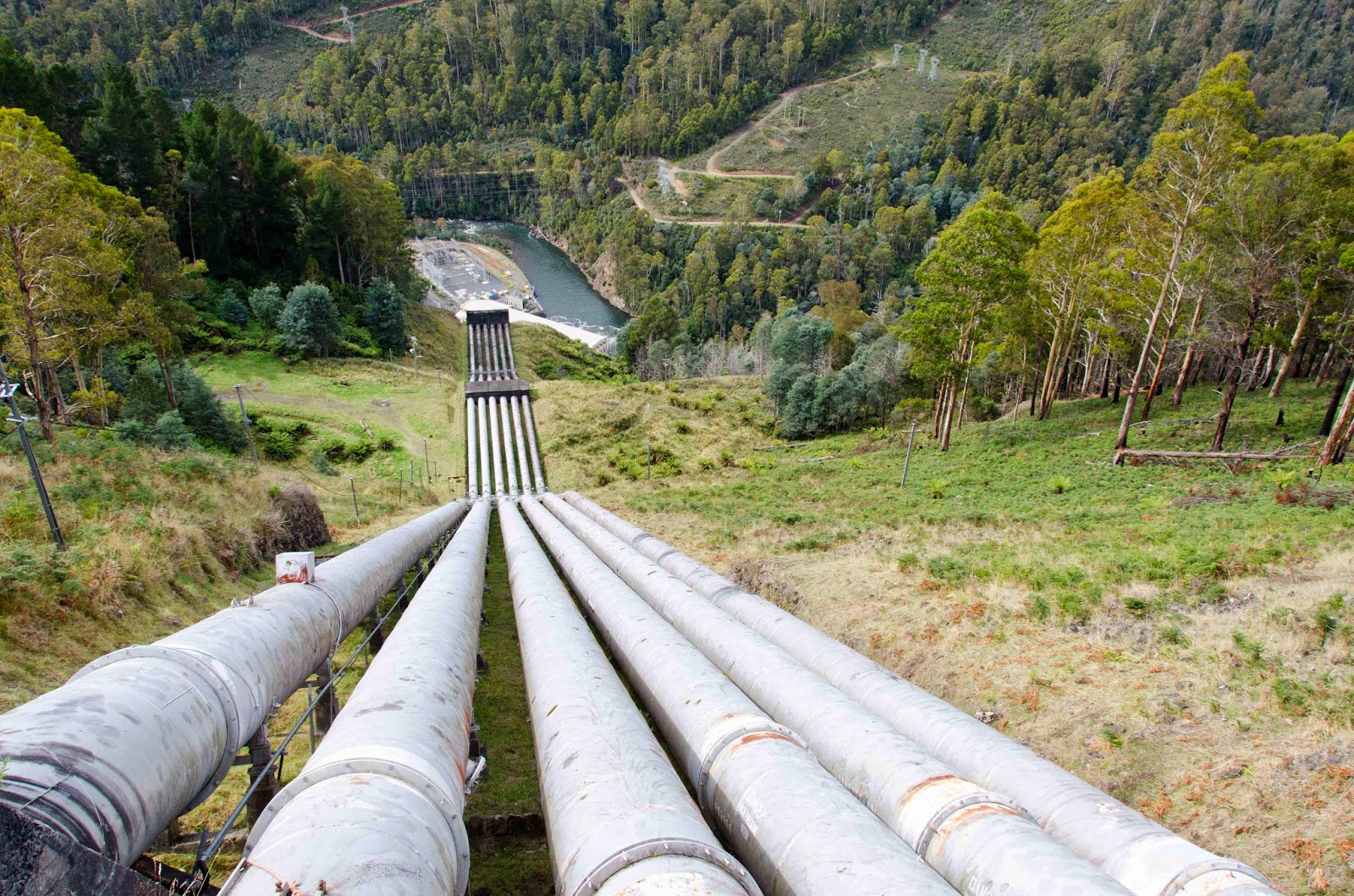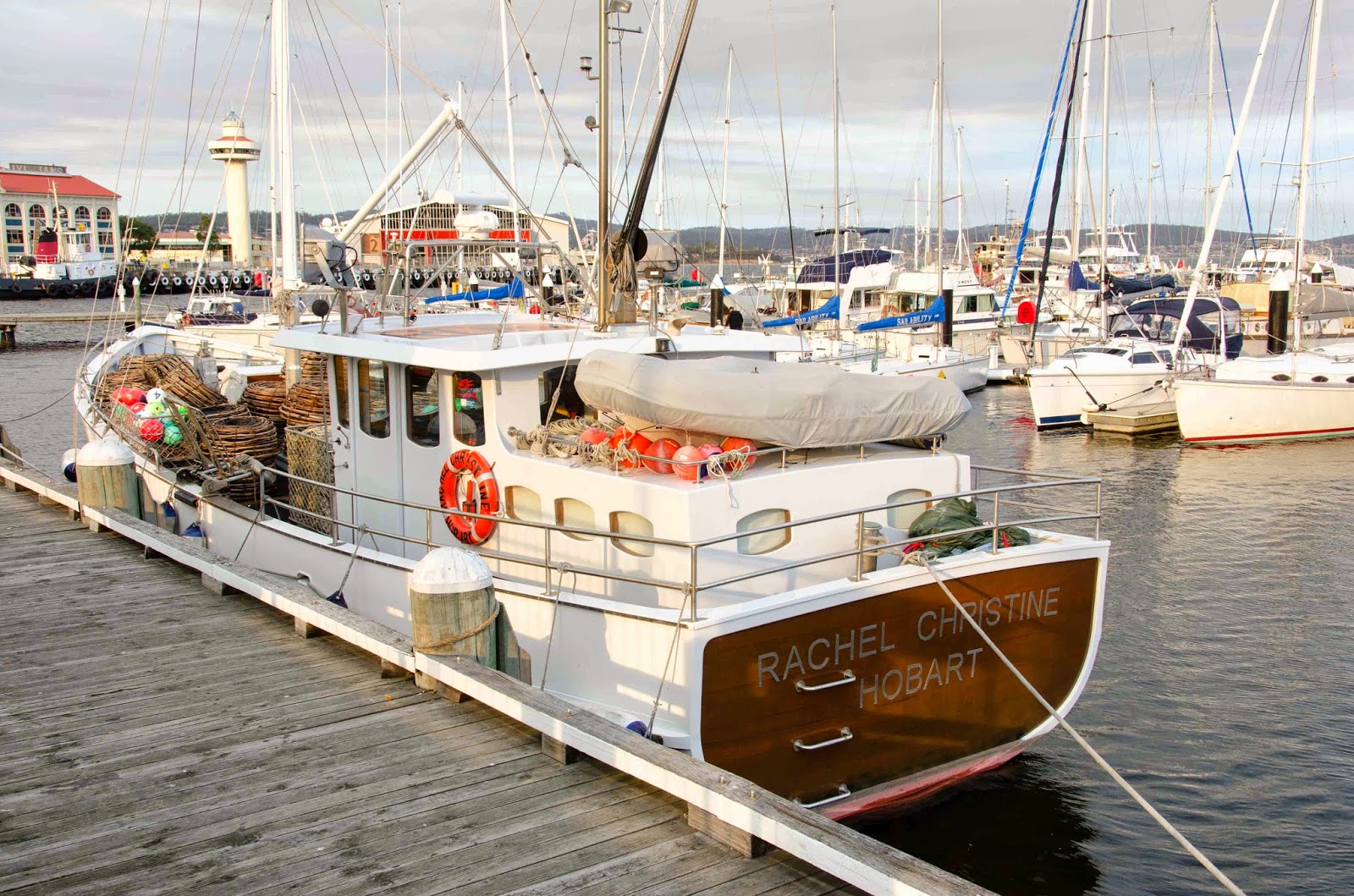Just our luck, we woke up to blue sky with some lingering early morning ground mist. A lot nicer than yesterday when we did our tramp.
It was cool, only 5C, when we started out taking the "long route" to Hobart via Queenstown (about 370 km). We thought this would give us a scenic drive through the mountains of the central/western part of the island. Shortly after leaving Cradle Mountain we were back into the low cloud and drizzle of yesterday which put a damper on the scenery. The road for most of the way was very twisty but a bit wider than the roads in New Zealand although still lacking any shoulders and in a lot of cases, guardrails.
We stopped to stretch our legs at Queenstown, a small mining town from the 1840's. As you approach, the lush green landscape turns into a surreal moonscape of eroded gullies and bare hillsides, a lingering legacy of the mining activities.
The town has a rough and ready pioneer town feel to it.
We stopped for lunch at the Lake St Clair National Park.
Looks like some nice hiking tracks here but we didn't have time. Just a quick look at the lake.
As I was walking down the path, I saw one of the three species of snakes in Tasmania. The venomous Tiger Snake. I had the wide angle lens on the camera and wasn't getting any closer for a picture of it's head.
Continuing on we passed several signs pointing to various dams and power stations but I resisted the urge to head down the gravel access roads. All of a sudden we saw some big penstocks and I just had to stop for a photo of the Tungatinah hydroelectric plant. A 5 x 25 MW Francis turbine plant with 290 metre head and Canadian GE units.
Less than a kilometre later, there was another plant discharging into the same river from the opposite side of the gorge. This is the Tarraleah hydroelectric plant, 6 x 15 MW Pelton turbines at 287 metre head.
This station had about 5 km long penstocks.
There are six more downstream plants in this cascade system.
From here to Hobart we drove through extensive rolling farmland full of sheep and beef cattle.
Hobart is a city of around 200,000 surrounded by hills and mountains. It has a waterfront that is home to a lobster fishing fleet and a number of other watercraft.
The older buildings are primarily limestone block and there is a vibrant area along the waterfront.
We were only a couple of blocks from here and spent a few hours walking about and having supper.



















No comments:
Post a Comment